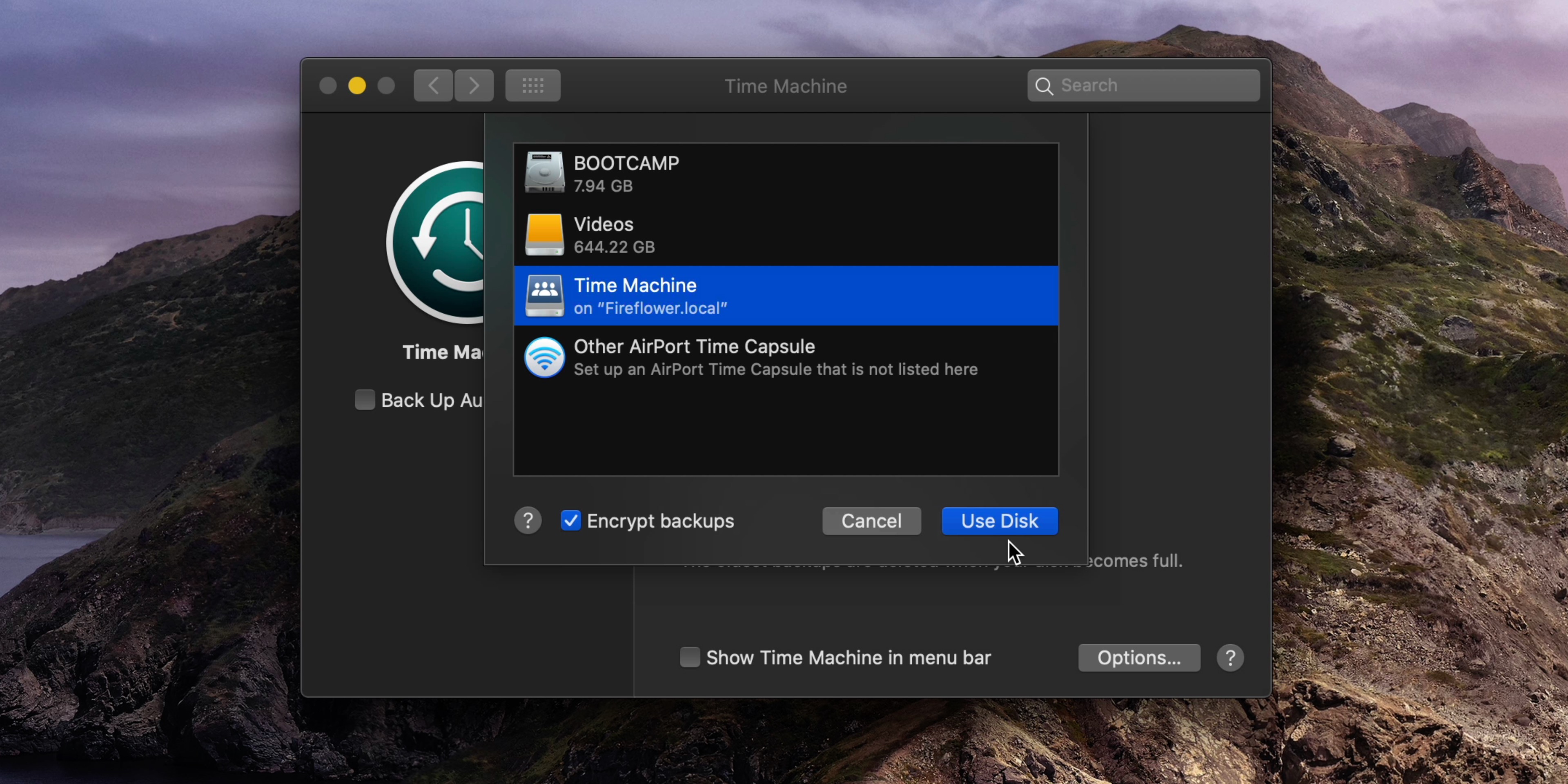

We did not attempt anything like a full code audit of the Stingle Photos app, but we did walk through the code far enough to have a good idea of what it's doing and how. Since the cloud storage is effectively useless to anyone but the user, that leaves the mobile app itself as the only place to get up to any chicanery, before the photos are encrypted and sent to the cloud (or after they're downloaded and decrypted). Having access to the source code especially helps close potential loopholes in what Stingle can and can't do with your photos. And for the truly paranoid, access to the application's source code closes the gap the rest of the way. The company put out a detailed white paper outlining its security practices and giving an excellent overview as to how the service works. Stingle has gone out of its way to make how it works as clear as possible to security- and privacy-focused users. Since Stingle can't do anything useful with the encrypted cloud backups of your photos, you also don't need to worry about strange things happening as a result of your photos being fed to machine-learning algorithms-they're just garbage bits to anyone without your private key. You're also safe from Stingle's own operators pulling a LOVEINT on you or getting socially engineered by someone with a believable voice begging to get your photos back. Since the photos are encrypted before ever leaving your phone-using a key that isn't ever available to Stingle's operators-you're safe from attackers getting a photo dump from Stingle's cloud. That's because the app, which runs on your phone or tablet, encrypts them securely using Sodium cryptography. Although the app uploads your photos to Stingle's cloud service, the service's operators can't look at your photos.

Trust no oneĪrguably, encryption is Stingle Photos' most important feature. Today, we're looking at a new contender- Stingle Photos-which splits the difference, offering a FOSS mobile application that syncs to a managed cloud. We reviewed one strong contender-Amazon Photos-in January, and freelancer Alex Kretzschmar walked us through several self-hosted alternatives in June.

With Google Photos killing off its Unlimited photo backup policy last November, the market for photo backup and sync applications opened up considerably.


 0 kommentar(er)
0 kommentar(er)
